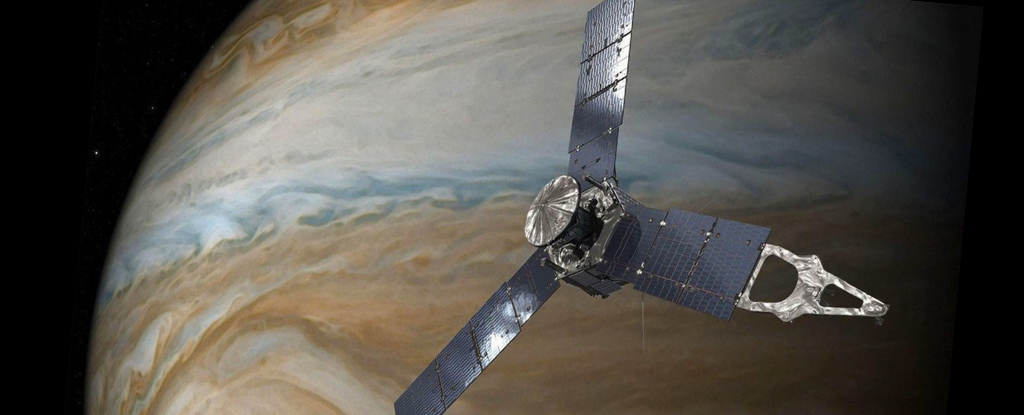
A team of astronomers has proposed an ambitious mission for NASA’s Juno probe, aiming to intercept the interstellar comet 3I/ATLAS as it approaches Jupiter. This mission could provide unprecedented insights into one of the most mysterious classes of objects in the universe. The potential rendezvous is set to occur on March 16, 2026, marking a significant milestone in the study of interstellar objects (ISOs).
Discovery of 3I/ATLAS and Scientific Interest
The journey of 3I/ATLAS began when it was detected by the Asteroid Terrestrial-impact Last Alert System (ATLAS) in Rio Hurtado, Chile, on July 1, 2025. This comet is the third ISO identified, following the historic discoveries of ‘Oumuamua in 2017 and 2I/Borisov in 2019. Each of these objects has sparked a wave of scientific curiosity and proposals for missions aimed at exploring their origins and characteristics.
Prof. Abraham Loeb of Harvard University, along with colleagues Adam Hibberd and Adam Crowl, have outlined a plan to utilize Juno, which has been studying Jupiter since 2016. Their recent analysis suggests that by adjusting Juno’s trajectory, the probe could intercept 3I/ATLAS as it makes its closest approach to the gas giant. This event presents a rare opportunity to gather data on an interstellar object without the need for launching a new spacecraft.
Technical Feasibility and Scientific Implications
The researchers utilized advanced trajectory software to determine the optimal flight path for Juno, which is currently in orbit around Jupiter. According to their calculations, a maneuver performed on September 14, 2025, would enable Juno to change its orbit and intersect with 3I/ATLAS, which is estimated to have a diameter of approximately 20 kilometers.
“The brightness of 3I/ATLAS indicates significant size, and its path through the Solar System raises intriguing questions about its origins,” Loeb stated. Their study, titled “Is the Interstellar Object 3I/ATLAS Alien Technology?”, is currently under review for publication in The Astrophysical Journal Letters.
Loeb has a history of exploring the nature of ISOs, having previously suggested that ‘Oumuamua could have been an extraterrestrial spacecraft. This provocative hypothesis has contributed to ongoing debates within the scientific community regarding the origin and nature of such objects.
Juno’s suite of scientific instruments—including its near-infrared spectrometer and magnetometer—will provide critical data during the encounter with 3I/ATLAS. The information gathered could reveal details about the comet’s composition, offering insights into the conditions present in its home star system.
While the proposed mission hinges on the hypothesis that 3I/ATLAS could be an artificial object, the researchers emphasize the importance of investigating this possibility. “This hypothesis is worthy of a scientific analysis for two reasons: the consequences could potentially be dire for humanity, and it provides a fascinating avenue for exploration,” Loeb added.
As Juno prepares for this potential encounter, astronomers are eager to learn more about 3I/ATLAS and the implications of its presence in the Solar System. The results of this mission, whether they confirm or challenge existing theories, are anticipated to enhance our understanding of interstellar objects and their significance in the cosmos.
Regardless of the outcome, the upcoming close approach of 3I/ATLAS will undoubtedly yield valuable data, enriching our knowledge of the universe beyond our Solar System.







